Maybe you’re getting into cycling for the first time, or just coming back to it after a number of years. Whatever your situation may be, we’re going to go over some basic tips for getting started in cycling so you can get out there and start riding as soon as possible.
In this article we’re going to go over some basic tips on getting started in cycling. We hope you find the same passion that we have for this popular sport and that it becomes a regular part of your life too.
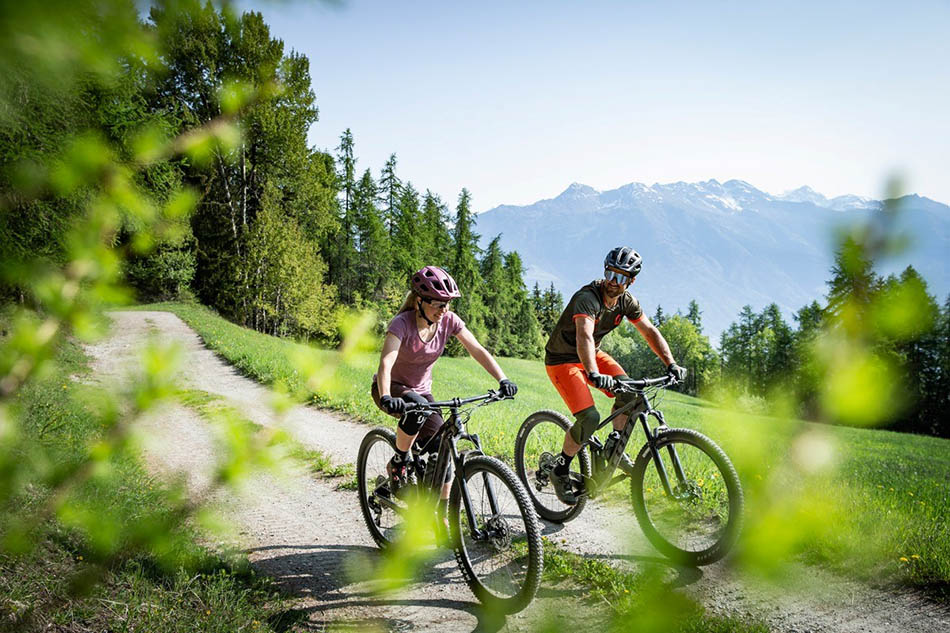 Image from Scott Sports
Image from Scott Sports Expert Advice
Our first suggestion is that you go get some expert advice. Especially when it comes to choosing a new bike, speaking to the type of experienced professional you can find at stores such as Mammoth Bikes will be key to getting you the right type of bike and the proper fit.
Choosing a Bike
Type of Bike
The first thing you should consider when buying a new bike is how are you going to use it: in the city, on the road or off road.
- If it’s going to be for city / urban use, we recommend you choose a bike designed for urban cycling.
- For exclusive road use, you can watch our video Types of Road Bikes. We have road bikes for every budget at Mammoth Bikes.
- If you’re mainly going to use the bike for off-road rides in the countryside or mountains , then you should go for a mountain bike, suitable for all types of terrain.
Frame Size
Once you’ve decided what type of bike you need, you’ll need to know how to choose the right size frame. Most bike manufacturers have charts or guides on their websites so you can calculate the right frame size. Any bike store will be able to advise you on this as well, along with basic cycling posture tips.
Budget
Your budget should reflect the type and intensity of riding you intend to do. For easy or short rides over simple terrain, you can get away with a minimal budget. However, from our experience we’ve seen that new riders often get hooked and advance quickly, making a cheap bike quickly obsolete. Don’t make this mistake! Get a quality bike that will provide the comfort and reliability you’ll need to advance through your first phases as a cyclist.
What should your first bike have? In order to start out and have some extra margin as you evolve as a cyclist, we suggest you start with an aluminum frame, Shimano Altus range components (or similar), disk brakes and front suspension in the case of a mountain bike.
Clothing and Accessories
Once you’ve got your bike, you’ll need some basic gear, clothing and accessories to get started.
Helmet
In addition to being legally required in many countries, a helmet is the main element of passive safety there to save your life. Don’t ride without it. All helmets at Mammoth Bikes, even the most economical ones, meet the standards and are certified.
Glasses
Glasses are another essential piece of safety gear, second only to helmets. Glasses protect your eyes not only from the sun and UV rays, but also from dust, bugs, splashing mud and dangerous impacts.
Gloves
Gloves increase comfort and grip, and protect your hands from chafing while riding and in case of a fall. They are highly recommended, and a there is a wide variety of models, styles and prices. Check out our wide selection of cycling gloves at the our online shop.
Jersey and Cycling Shorts
Technical clothing is recommended for its properties of temperature regulation and moisture management. A good pair of padded cycling shorts is also important and protects a delicate area of your body. At Mammoth Bikes you can find a wide selection of technical cycling clothing for men and women.
Cycling Shoes
Cycling-specific shoes are designed to optimize power output and increase safety. There is a wide variety of all types of models in the market, from mixed shoes similar to normal trainers that allow you to walk normally, to the most rigid shoes for road or XC riding. In the linked video Types of Cycling Shoes you can learn all about the different options available and the uses for each. We also recommend you make the jump to clipless pedals as soon as possible.
Basic Repair Kit and Spares
We strongly recommend you always get a basic spares and repair kit and take it along on all your ride (along with essentials such as your mobile phone, ID, cash, a bit of food like a cereal or enery bar and your water bottle. A recommended basic kit would include the following: compact tire pump, spare inner tube, patches, tire lever(s), multi-tool, chain tool, pins or quicklinks, and a bag or case to carry everything in.
Be sure you know how to use the tools and practice at home first and not while in an actual emergency. Learn more about this subject in our video “What to Take on a Bike Outing”
In addition to these basic tools, some other useful tools for your home bike workshop are: a foot pump, a high-pressure pump for the shocks, lubricant and any tool you’ll need for periodic cleaning and maintenance. For real DYI experts, have a look at the following video on our YouTube channel: Basic Tools for Your Home Bike Workshop
.
Road Safety
And to finish up, an important piece of advice: precaution and respect.
More information and related videos:


 Image from Scott Sports
Image from Scott Sports 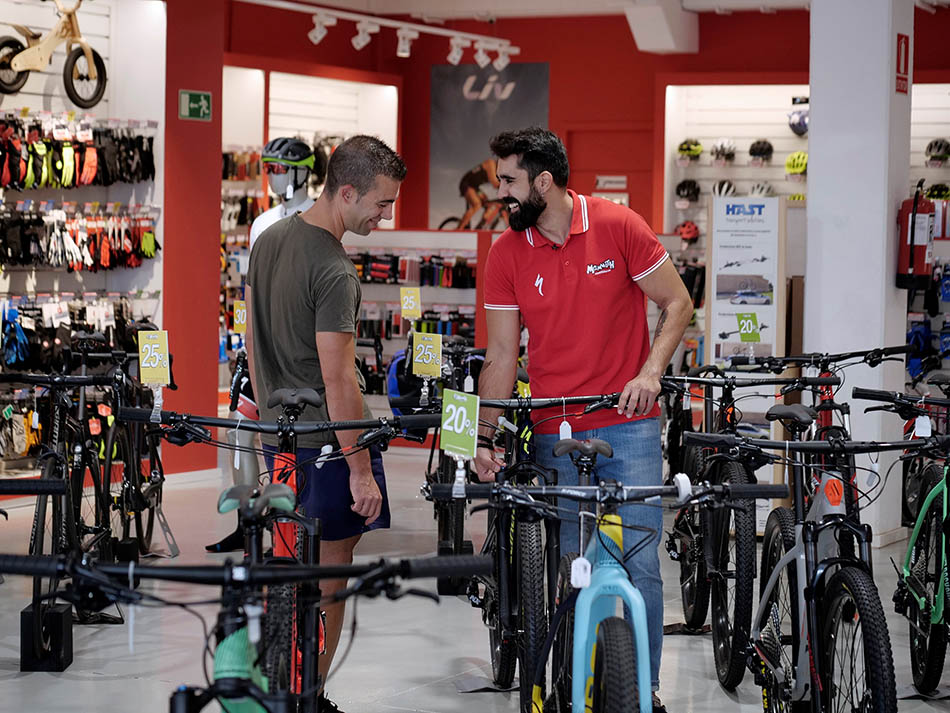
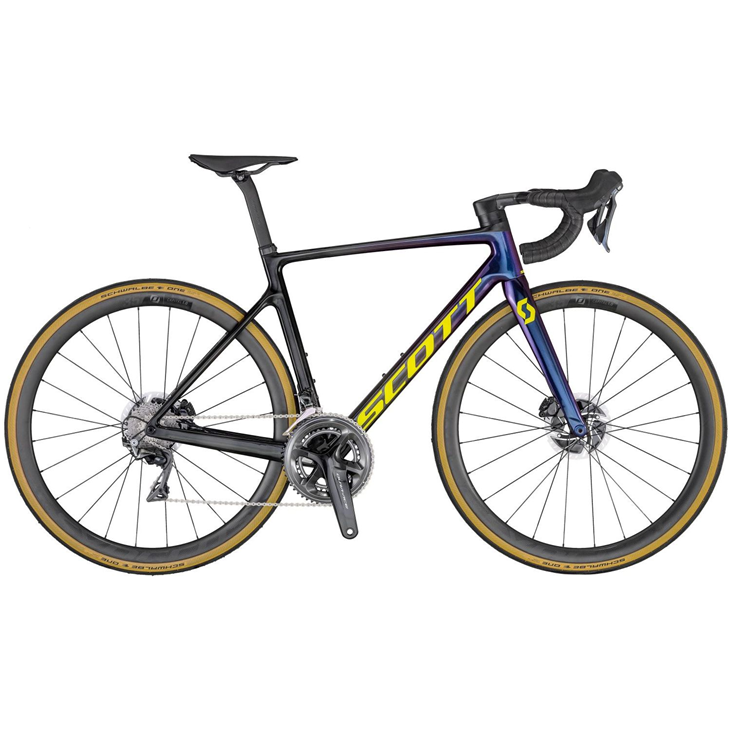
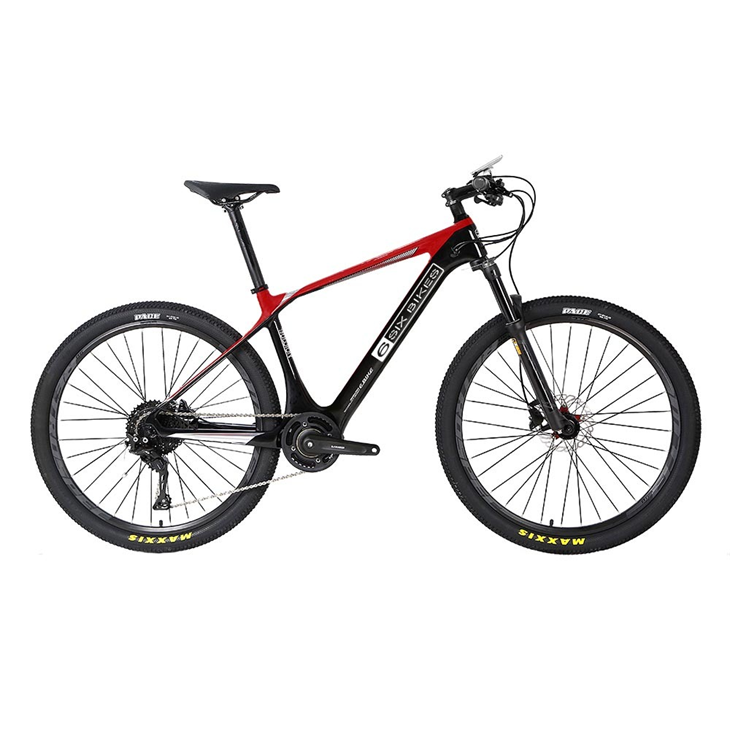


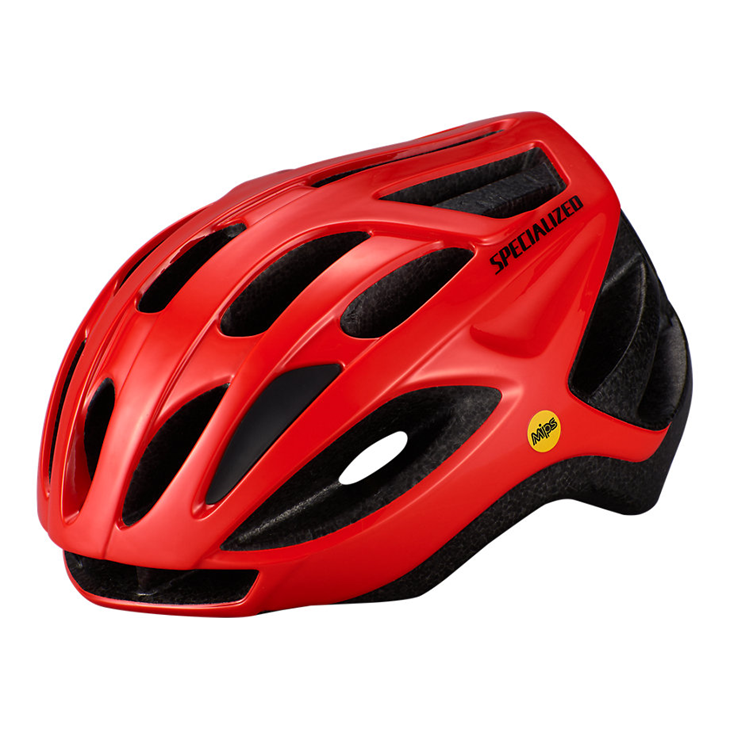
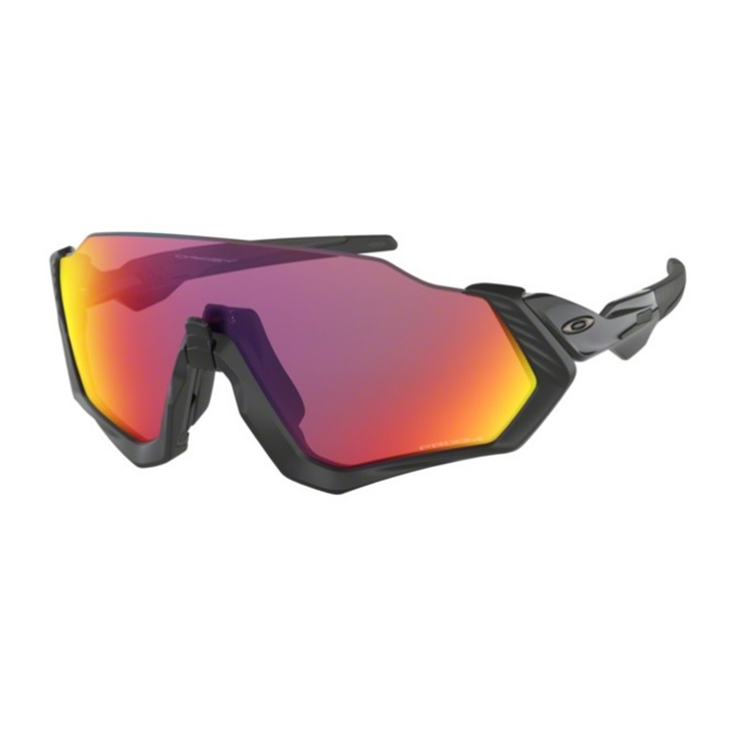
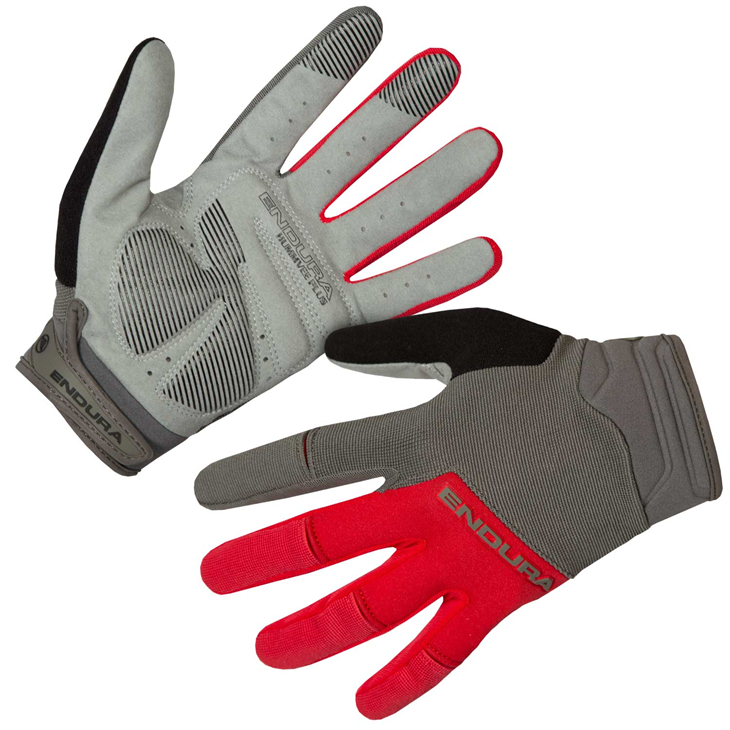
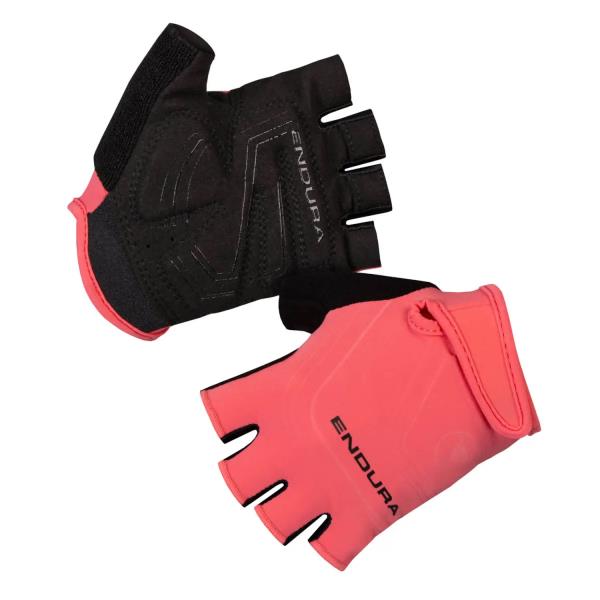
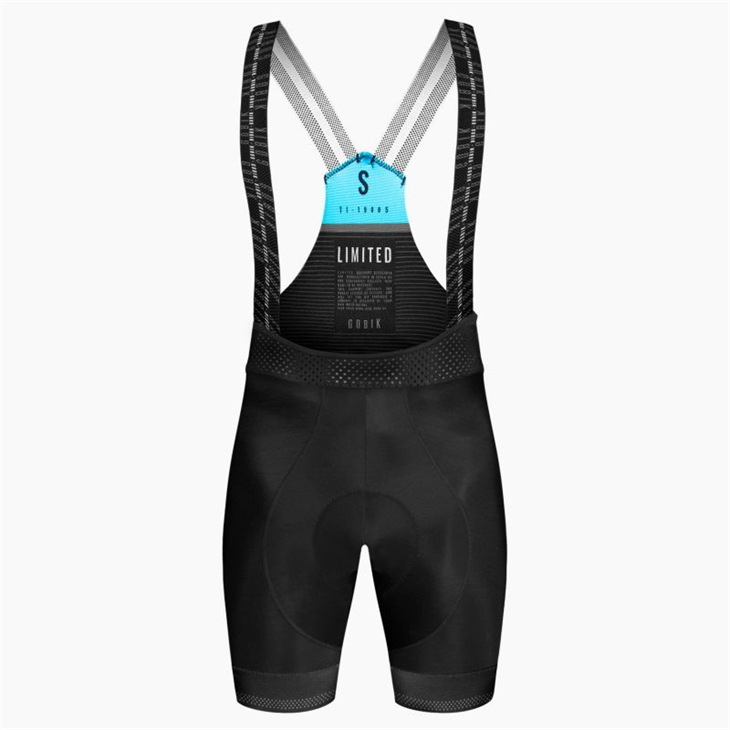



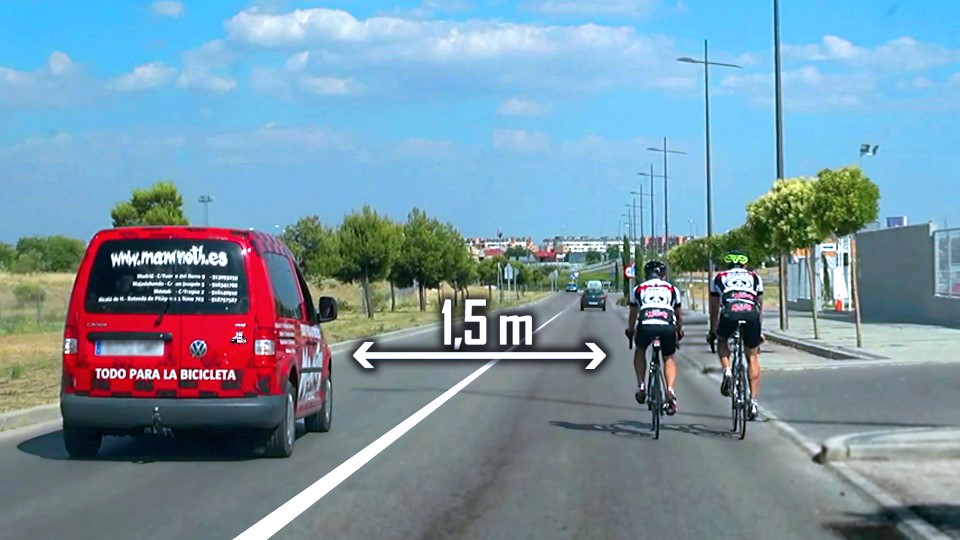
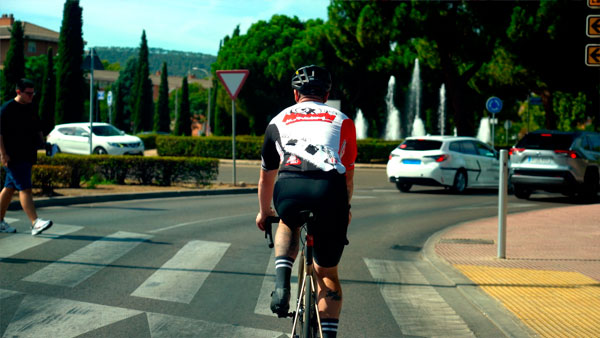

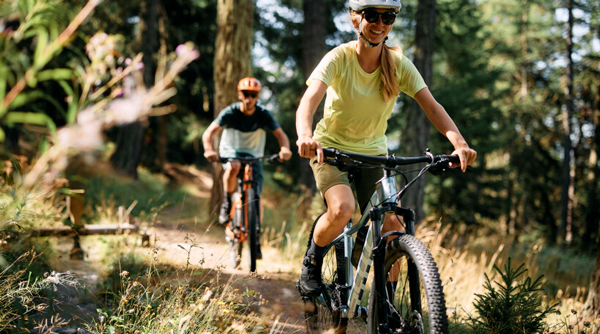

Leave a comment
Be the first to comment on this article.